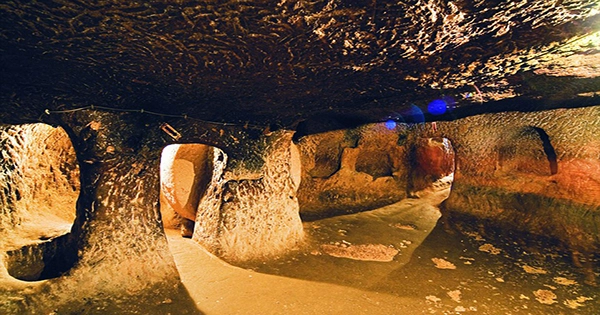In semiconductor nanostructures, several types of quantum bits (qubits) were being explored and developed for quantum computing and quantum information processing. In a semiconductor nanostructure, researchers created a quantum superposition state that could serve as the foundation for quantum computing. The trick is to use two optical laser pulses to simulate a single terahertz laser pulse.
A research team from Germany and China has successfully created a quantum bit in a semiconductor nanostructure. Using a special energy transition, the researchers created a superposition state in a quantum dot (a tiny area of the semiconductor) in which an electron-hole had two different energy levels at the same time. These superposition states are critical for quantum computing. However, to excite the state, a large-scale free-electron laser capable of emitting light in the terahertz range would be required. This wavelength is also too long to focus the beam on the tiny quantum dot. The excitation has now been accomplished by the German-Chinese team using two finely tuned short-wavelength optical laser pulses.
The team headed by Feng Liu from Zhejiang University in Hangzhou, together with a group led by Dr. Arne Ludwig from Ruhr University Bochum and other researchers from China and the UK, report their findings in the journal “Nature Nanotechnology,” published online on 24 July 2023.
In the current project, the researchers showed that the radiative Auger process can be coherently driven: they used two different laser beams with intensities in a specific ratio to each other.
Lasers trigger the radiative Auger process
The team took advantage of the radiative Auger transition. An electron recombines with a hole in this process, releasing its energy partly as a single photon and partly by transferring it to another electron. The same phenomenon can be observed with electron holes, or missing electrons. A research team succeeded in stimulating the radiative Auger transition in a semiconductor for the first time in 2021.
In the current project, the researchers showed that the radiative Auger process can be coherently driven: they used two different laser beams with intensities in a specific ratio to each other. With the first laser, they excited an electron-hole pair in the quantum dot to create a quasiparticle consisting of two holes and an electron. With a second laser, they triggered the radiative Auger process to elevate one hole to a series of higher energy states.

Two states simultaneously
The researchers created a superposition between the hole ground state and the higher energy state using finely tuned laser pulses. As a result, the hole existed in both states at the same time. Such superpositions serve as the foundation for quantum bits, which, unlike traditional bits, exist not only in the states “0” and “1,” but also in superpositions of both.
The high-purity semiconductor samples for the experiment were created by Hans-Georg Babin at Ruhr University Bochum under the supervision of Dr. Arne Ludwig at the Chair for Applied Solid State Physics, which is led by Professor Andreas Wieck. The researchers increased the ensemble homogeneity of the quantum dots and ensured the high purity of the structures produced during the process. These measures facilitated the performance of the experiments by the Chinese partners working with Jun-Yong Yan and Feng Liu.
The spin of electrons trapped in quantum dots is used in one of the most common types of qubits in semiconductor nanostructures. The quantum information can be represented by the spin. Researchers were working on increasing the coherence time (the length of time the quantum state is preserved) and decreasing susceptibility to environmental noise. Some researchers were looking into using holes in semiconductor materials as qubits instead of electrons. These are referred to as hole spin qubits. They have properties that could make them useful for quantum computing.















